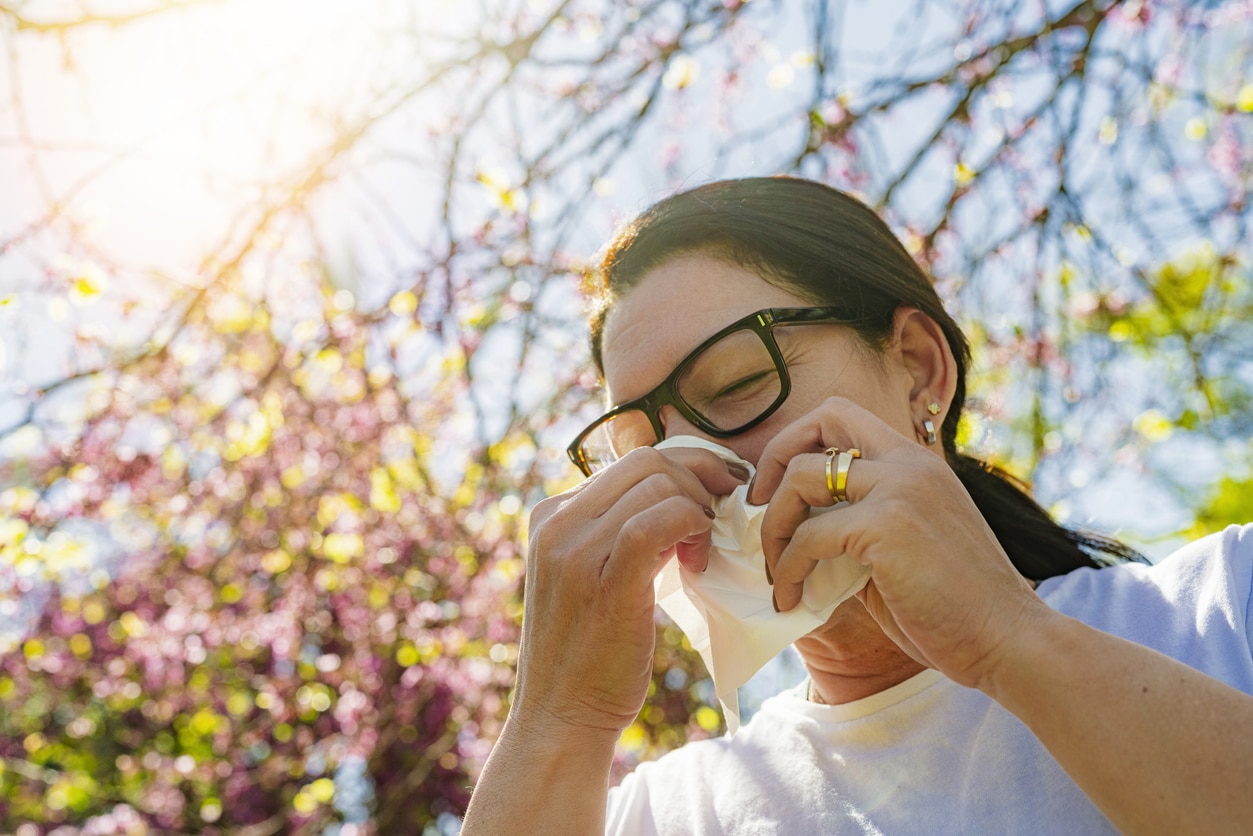Around 100 million people in the U.S. experience allergy symptoms each year. Sneezing, itchy eyes and congestion can all be triggered by high pollen counts.
Fortunately, daily pollen reports can help you stay ahead of symptoms. Understanding how to track these reports and what to do with that information can make a major difference in your comfort.
Where to Find Daily Pollen Reports

Daily pollen reports measure the amount of pollen in the air from trees, grasses and weeds. These counts are typically reported as low, moderate, high or very high, and are updated every 24 hours.
Many allergy tracking tools allow you to set up personalized monitoring for your specific triggers and some even have text alerts to notify you when pollen counts are high in your area.
Here are a few reliable sources to check each day:
- National Allergy Bureau (NAB): Offers region-specific reports from certified monitoring stations.
- Weather apps: Apps like The Weather Channel, AccuWeather or local news station apps usually include daily pollen forecasts.
- Pollen.com: Provides interactive maps, forecasts, and even long-term trends by location.
- Air quality index tools: While focused on pollutants, some also include allergen data such as pollen and mold levels.
- Smart home assistants: Devices like Alexa and Google Assistant can deliver daily pollen forecasts with a simple voice command.
Once you know how to check pollen levels, you can adjust your habits and routines to reduce your exposure.
As you check pollen reporting, you can respond differently on high- and low-pollen days. On high-pollen days, stay indoors when pollen counts are typically highest and keep windows in your home and car closed. Shower and change clothes after returning from outside, and avoid drying clothing outdoors.
On low-pollen days, you can take the opportunity to plan activities outside, like working out in Mount Pleasant Park or gardening. You can use low-pollen days to air out your home and take your pets outside with fewer allergy symptoms.
Additional Allergy Management Tips
Tracking pollen counts is just one part of a broader allergy management strategy. Consider adding these options to your routine:
- Over-the-countermedications: Antihistamines, nasal sprays or decongestants can help reduce symptoms.
- Allergy-proof your home: Use dust-mite-proof bedding, clean with HEPA vacuums and reduce indoor mold.
- Consult an allergist: Testing can pinpoint specific triggers and open long-term options like immunotherapy.
- Stay hydrated and well-rested: A strong immune system handles allergens more effectively.
Understanding and using pollen reports doesn’t have to be complicated. With just a few minutes a day, you can adjust your plans and reduce exposure to allergens.
To learn more about how allergies impact your day-to-day, contact Palmetto ENT & Allergy to schedule a consultation today.
